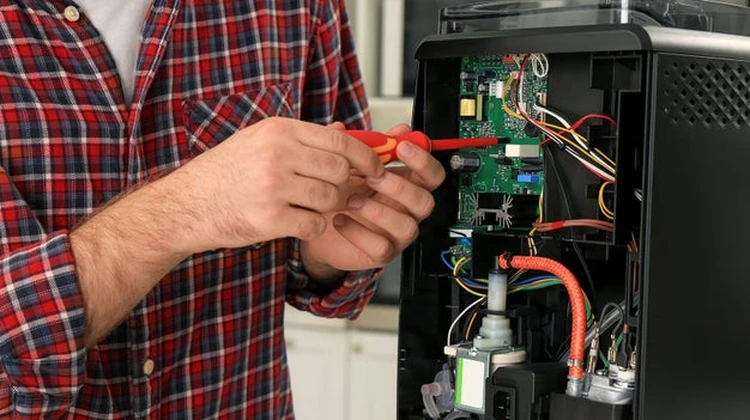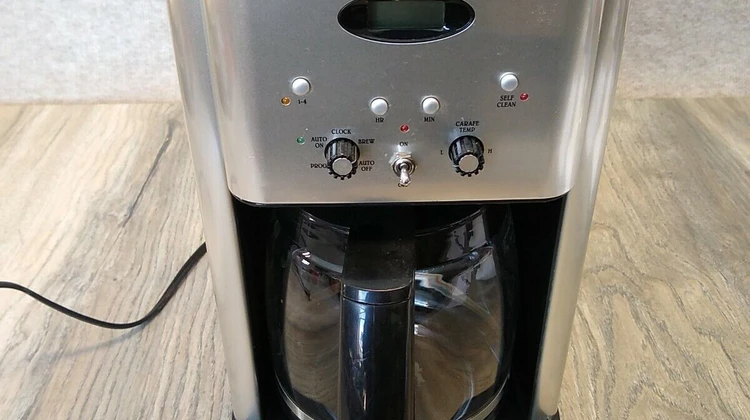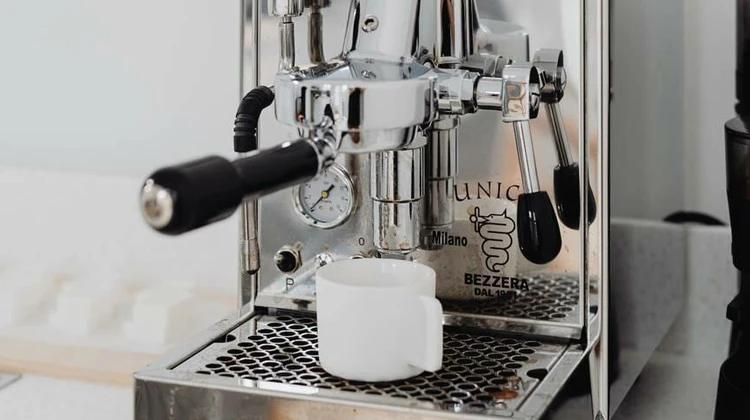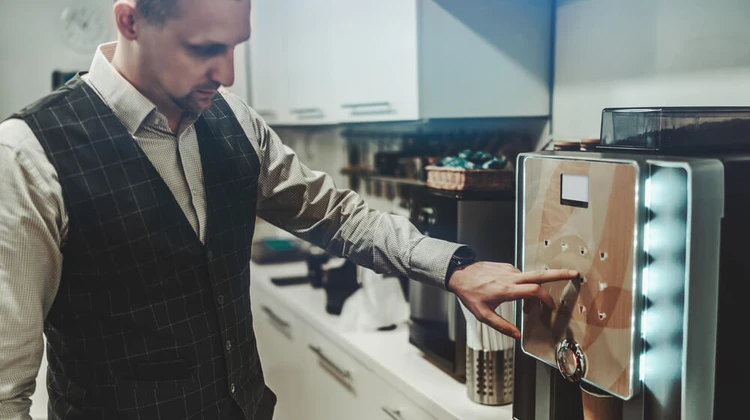Disclaimer: As an Amazon Associate, I earn commission from qualifying purchases.
One of the most frustrating issues for coffee enthusiasts is when their coffee maker overflows the grounds basket. This problem can disrupt your morning routine and make a mess in your kitchen. Understanding the common causes can help you address and prevent this issue. Here are the most frequent reasons why your coffee maker might be overflowing:
Incorrect Water-to-Coffee Ratio
An incorrect water-to-coffee ratio is one of the primary causes of overflowing. If you use too much water relative to the amount of coffee grounds, the water can flood the basket, causing an overflow. Conversely, using too little water can result in under-extraction, leading to weak coffee and potential overflow issues.
The ideal water-to-coffee ratio varies depending on the brewing method. For drip coffee makers, a common guideline is to use 1 to 2 tablespoons of coffee grounds for every 6 ounces of water. However, this can vary based on personal preference and the strength of the coffee you desire.
The Impact of Coffee Grind Size
The size of your coffee grind can significantly affect the brewing process and the likelihood of overflowing. Different grind sizes have varying effects on extraction and water flow:
- Coarse Grind: This grind size allows water to pass through quickly, which can result in under-extraction. While it may not cause overflowing, it can lead to weak coffee.
- Medium Grind: This is the most commonly recommended grind size for drip coffee makers. It provides a balanced extraction and reduces the risk of overflowing.
- Fine Grind: This grind size can slow down the water flow, leading to over-extraction and potentially causing the grounds basket to overflow.
Clogged Coffee Filter Issues
A clogged coffee filter can restrict water flow, leading to overflowing. Over time, coffee grounds can accumulate in the filter, reducing its effectiveness. Regular cleaning and maintenance of your coffee filter are essential to prevent clogging.
To clean your coffee filter, follow these steps:
- Remove the Filter: Take out the filter from the coffee maker.
- Rinse Thoroughly: Rinse the filter under warm water to remove any coffee grounds.
- Soak in Vinegar: For a deeper clean, soak the filter in a mixture of vinegar and water for about 30 minutes.
- Rinse Again: Rinse the filter thoroughly with water to remove any vinegar residue.
- Dry Completely: Allow the filter to air dry before reinserting it into the coffee maker.
Water Hardness and Its Effects
Hard water contains high levels of minerals like calcium and magnesium, which can build up in your coffee maker over time. This mineral buildup can affect the machine’s performance and lead to overflowing. Using filtered water or a water softener can help mitigate this issue.
Overfilling the Grounds Basket
Overfilling the grounds basket is a common mistake that can lead to overflowing. When you pack too many coffee grounds into the basket, it restricts water flow and causes the water to back up and overflow.
To avoid this, follow these guidelines:
- Measure Properly: Use the recommended amount of coffee grounds for your brewing method.
- Avoid Packing: Do not pack the coffee grounds too tightly. Allow some space for water to flow through.
- Use a Spoon: Measure your coffee grounds with a spoon or a scoop to ensure consistency.
Product Recommendations for Better Brewing
Using high-quality products can enhance your brewing experience and prevent overflowing. Here are some recommendations:
- High-Quality Coffee Filters: Invest in durable, high-quality filters that allow for better water flow and extraction.
- Water Softeners: If you live in an area with hard water, consider using a water softener to reduce mineral buildup.
- Coffee Grinders: A good coffee grinder can help you achieve the ideal grind size for your brewing method.
Best Practices for Coffee Maker Maintenance
Regular maintenance is crucial for keeping your coffee maker in optimal condition. Follow these best practices:
- Regular Cleaning: Clean your coffee maker regularly to remove any buildup of coffee grounds or minerals.
- Descaling: Use a descaling solution to remove mineral deposits from the water reservoir and internal components.
- Part Replacement: Replace worn-out parts, such as the filter or water reservoir, to ensure efficient operation.
Environmental Impact of Coffee Grounds
Coffee grounds have a significant environmental impact, and proper disposal is essential. Composting coffee grounds is an eco-friendly solution that reduces waste and benefits the environment. Coffee grounds can improve soil quality and provide nutrients for plants.
Troubleshooting Steps for Coffee Maker Issues
If your coffee maker is still overflowing despite taking the above precautions, follow these troubleshooting steps:
- Check the Water-to-Coffee Ratio: Ensure you are using the correct ratio for your brewing method.
- Inspect the Grind Size: Verify that you are using the appropriate grind size for your coffee maker.
- Clean the Filter: Make sure the coffee filter is clean and free of clogs.
- Check for Mineral Buildup: Inspect the coffee maker for mineral buildup and descale if necessary.
- Avoid Overfilling: Ensure you are not overfilling the grounds basket.
FAQs
Q1: Why is my coffee maker leaking water?
Your coffee maker might be leaking water due to a clogged filter, incorrect water-to-coffee ratio, or mineral buildup. Regular cleaning and maintenance can help prevent leaks.
Q2: How often should I clean my coffee maker?
It is recommended to clean your coffee maker every 3 to 6 months to remove mineral buildup and ensure optimal performance. Regular cleaning can also help prevent overflowing.
Q3: What is the best grind size for a drip coffee maker?
A medium grind size is generally best for drip coffee makers. This size allows for balanced extraction and reduces the risk of overflowing.
Q4: Can hard water damage my coffee maker?
Yes, hard water can damage your coffee maker over time due to mineral buildup. Using filtered water or a water softener can help mitigate this issue.
Q5: What are the signs of a clogged coffee filter?
Signs of a clogged coffee filter include slow water flow, weak coffee, and overflowing of the grounds basket. Regular cleaning can help prevent clogging.
Conclusion
Maintaining your coffee maker is essential for preventing overflowing and ensuring efficient brewing. By understanding the common causes and following best practices for maintenance, you can enhance your coffee-making experience and avoid frustrating issues. Regular cleaning, using the correct water-to-coffee ratio, and choosing the right grind size are key to keeping your coffee maker in optimal condition.







